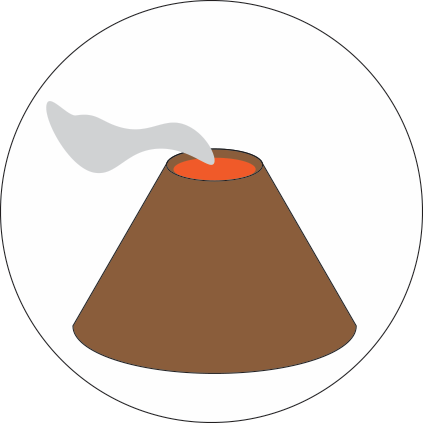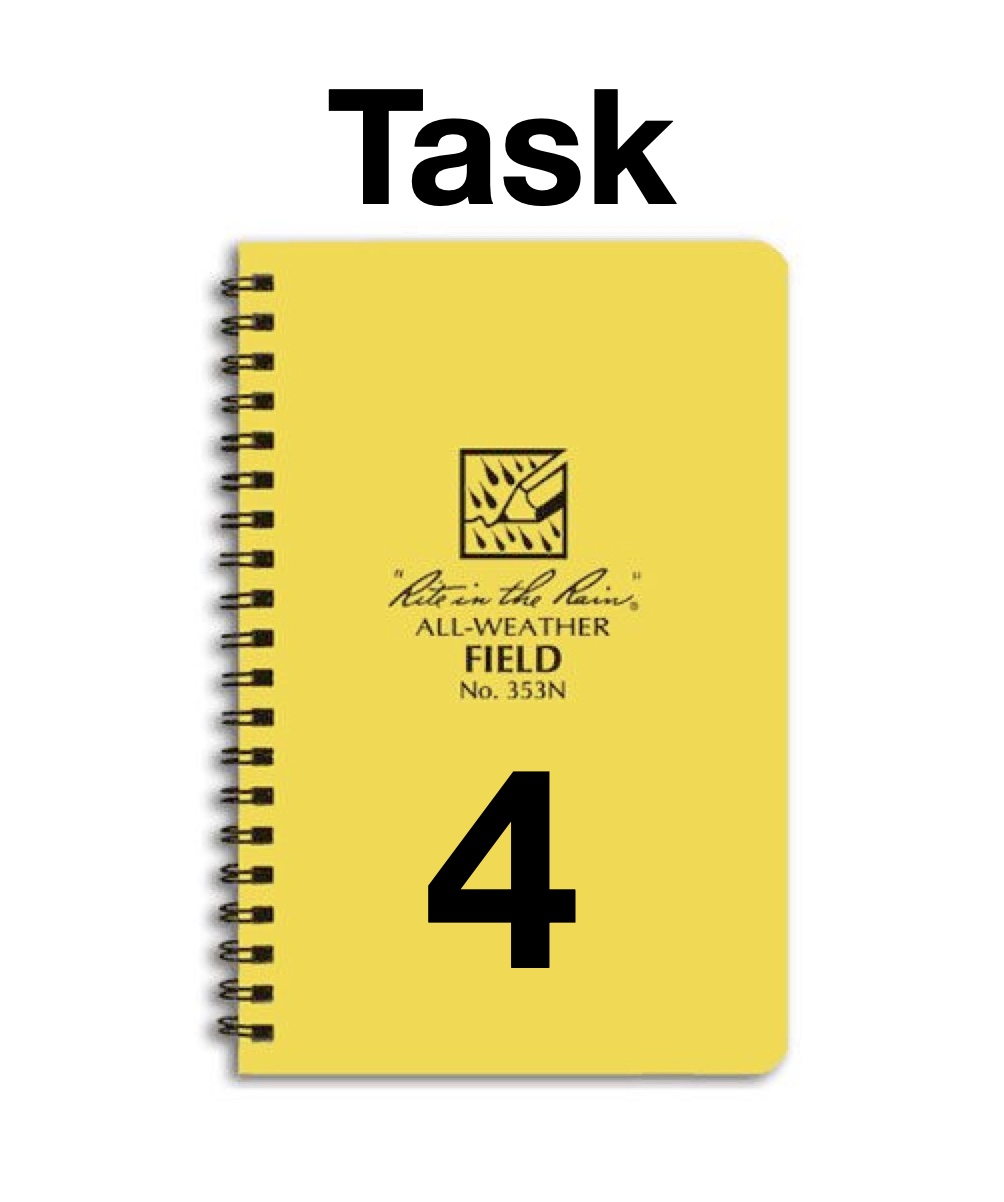

Subaerial eruptions of low-viscosity basaltic magma produce two distinctive types of lava flows: 'a'ā and pāhoehoe. These terms are derived from the Hawaiian language, as lava flows are so abundant on the Hawaiian islands. In many cases the chemical compositions of the 'a'ā and pāhoehoe lavas are similar. So why do the flows look so different?
Two main factors control the type of lava flow that forms during an eruption. The first is the rate of shear strain. This is a measure of the amount of force that is exerted on the flow as it moves. The second is the magma viscosity, which determines how fluid a flow is during its movement.
Factors Influencing Style of Flow

In this part of the exercise you will investigate the effects of the two factors (rate of shear strain and viscosity) by using the interactive figure below. The figure will show you what type of flow is produced by any combination of the two factors. Investigate what happens to the flow type if you change one of the factors. Follow the instructions to the right of the figure.
For Task 4, please do the following:
Using the interactive figure below, answer the questions in your field notebook.

